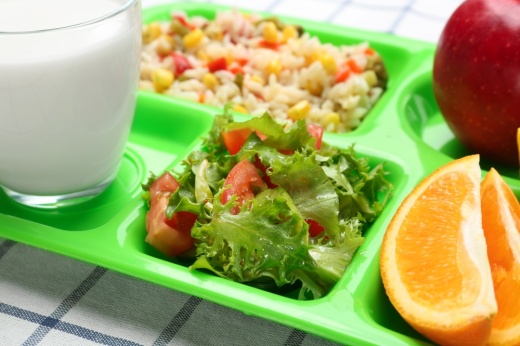Trustees Sheri Mills, Hannah Smith and Alex Sexton were absent from the meeting.
Lunch prices will be $3.75 for elementary schools and $4 for secondary schools. Previous prices for elementary and secondary schools were $3 and $3.25 per plate, respectively. The national average cost to make a lunch plate is $3.82, according to the board agenda item’s synopsis.
The total projected revenue for school lunches is more than $1.24 million, which is $220,699 more than 2021-22’s revenue, according to the district.
A child nutrition budget update was presented by CISD administration at the Feb. 7 and June 20 board meetings. The presentation showed an increase in food costs, which created an operating deficit of $138,440 for that department.
The last time CISD raised lunch prices was 2017. Historically, the district has changed lunch plate prices every two to three years.
Costs for the food industry have increased from 30%-40%, and prices are expected to stay high for the next two to three years, the synopsis stated. In addition to rising costs of food and non-food items, CISD's child nutrition department is facing challenges due to staffing shortages, the need for alternate ingredients because of supply issues, limited availability of paper goods and equipment repair costs.
For the 2022-23 school year, CISD expects to spend $48,000 on equipment repairs, $30,000 on new equipment and $85,000 for preventive maintenance.
Three options for lunch prices were presented to the board. Option 1 was $3.50 for elementary and $3.75 for secondary. For Option 2, prices were $3.60 for elementary and $3.85 for secondary. The board selected Option 3, which was $3.75 and $4.
During the workshop, Assistant Superintendent of Operations Matt Miller said administration recommended Option 2. Trustees Michelle Moore, Eric Lannen, Cameron Bryan and Andrew Yeager spoke in support of Option 3 as it would generate more money and create the potential for increased compensation for nutrition employees.
“I would fully support [Option] 3 if we could do something with salaries and if it was something that would help [the nutrition program] with its capital needs,” Lannen said during the workshop.





